NEWS
-
Leaked Xiaomi Smart Band 10 Materials Confirm Display, Battery, and Fitness Features
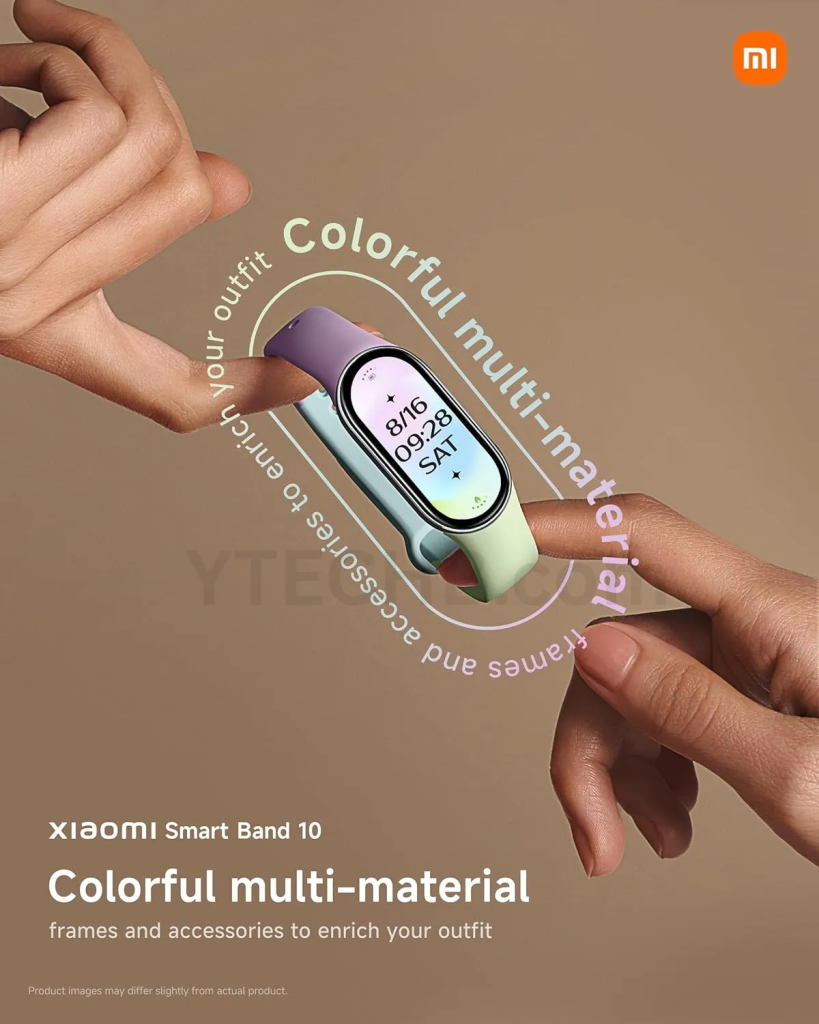
Xiaomi is preparing to launch the Smart Band 10, and newly revealed marketing materials confirm key specifications and design details.
The device features a 1.72-inch AMOLED display with symmetrical, slim bezels, 1500 nits peak brightness, and a 60Hz refresh rate. The overall design closely resembles its predecessor.
The battery is rated for up to 21 days of use and supports full charging within 1 hour. The Smart Band 10 supports over 150 sports modes, including advanced options like swimming and heart rate broadcasting. It also offers REM sleep tracking and continuous heart rate monitoring.
>>>New 420mAh 5524256H Replacement Battery for Xiaomi Color Generation Sports Edition
The band is waterproof up to 50 meters, allowing for safe use during swimming or showers. It will be available with multi-material frames and accessories, though these may be sold separately.
Most of the leaked specs have now been officially confirmed through these materials, suggesting a launch is imminent.
PR -
OnePlus 13s Debuts with Gemini Lock Screen Shortcut, Ahead of Pixel
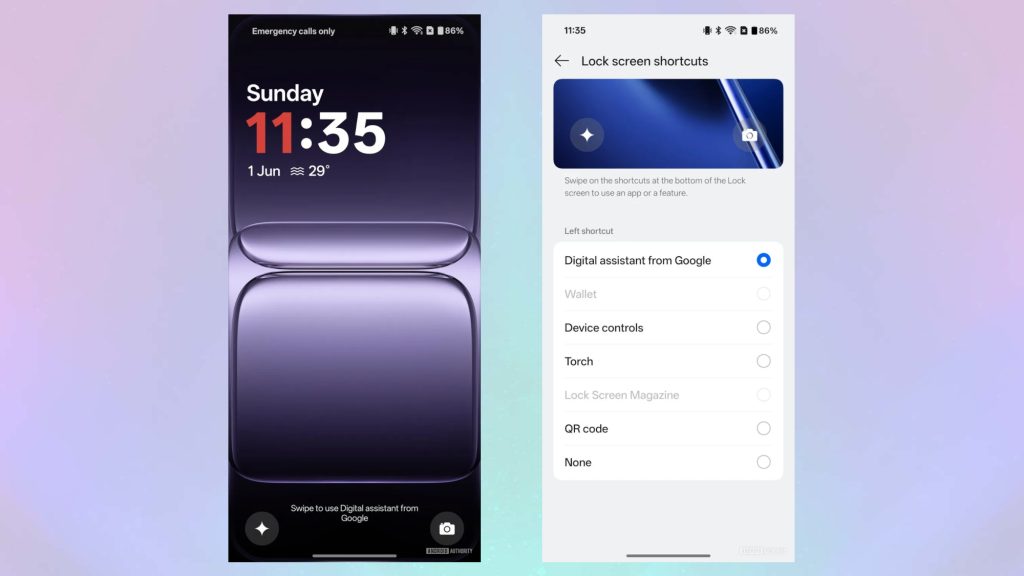
OnePlus has launched the OnePlus 13s in India, joining the OnePlus 13 and 13R in the flagship lineup. It is the first smartphone to introduce a lock screen shortcut for Google's Gemini assistant—a feature not yet available on Google’s own Pixel devices.
The shortcut, labeled “Digital assistant from Google,” clearly uses the Gemini icon and directly launches the assistant. In contrast, Pixel phones currently offer standard shortcuts like Camera, Flashlight, and Do Not Disturb, with no Gemini shortcut available on Android 15 or 16.
>>>New 3210mAh/12.35WH BLP657 Replacement Battery for Oneplus 6
Google is reportedly testing a pill-shaped Gemini button for the lock screen, but the OnePlus 13s implementation is more cohesive. Users can still invoke Gemini through voice commands or by long-pressing the power button, depending on system settings.
The OnePlus 13s also debuts OnePlus AI, which includes OnePlus AI Plus Mind and integrated Gemini support across OnePlus apps.
Hardware-wise, the OnePlus 13s is similar to China’s OnePlus 13T, but with a 5,850mAh battery (vs 6,200mAh on the 13T) and a 32MP autofocus front camera (vs 16MP fixed focus on the 13T). The 13s runs OxygenOS 15 with Google services, unlike the ColorOS-based 13T in China.
>>>New 2400mAh BLP945 Replacement Battery for OnePlus Ace Pro
Other key specs include the Snapdragon 8 Elite SoC, 12GB LPDDR5X RAM, UFS 4.0 storage, 80W SuperVOOC wired charging (no wireless), 50MP primary and 50MP 2x telephoto cameras, Wi-Fi 7, Bluetooth 6.0, and NFC. It has a 6.32-inch 120Hz FHD+ display and weighs 185g, placing it in the compact flagship category alongside the iPhone 16 Pro in terms of size.
The OnePlus 13s is not expected to launch in the U.S. In India, it is priced at ₹54,999 ($640) for the 256GB variant and ₹59,999 ($700) for the 512GB version.
-
Android 16 Adds Advanced Protection: Theft Detection, App Scanning, and Network Safeguards
Google has begun rolling out Advanced Protection to Android 16 Beta 4.1 and Android 16 QPR1 Beta 1 on Pixel devices, following its announcement during The Android Show. This security suite enhances device and account protection against a broad range of threats.
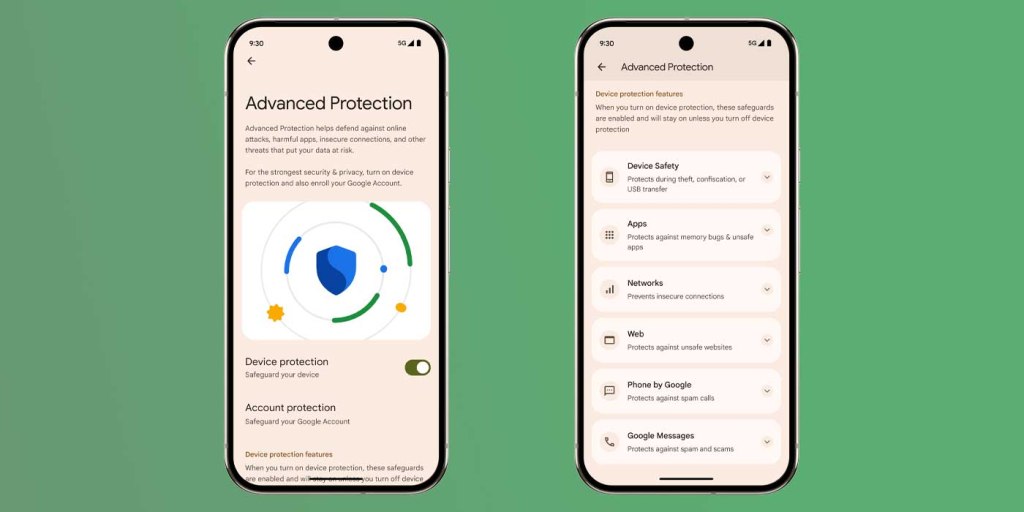
How to Access:
- Navigate to Settings > Security & privacy on your Pixel device.
- Look for the “Advanced Protection is available for your device” card. If it doesn’t appear, scroll to the bottom and find Advanced Protection under Other settings.
- From the page, toggle Device protection and optionally enroll in the Advanced Protection Program linked to your Google Account.
>>>New 4080mAh/15.78WH GTB1F Replacement Battery for Google pixel5
Current Features on Android 16 QPR1 (Pixel Devices):
Device Theft
- Automatically safeguards devices if lost, stolen, or confiscated.
Inactivity Reboot
- Automatically reboots the device if it remains locked for 3 days, mitigating some forms of physical attack or dormant malware.
App Protection
- Google Play Protect: Continuously scans for malware and unsafe apps.
- Unknown App Blocking: Prevents installation from unknown sources.
- Memory Tagging Extension: Detects memory corruption issues in supported apps.
Network Security
- 2G Network Protection (device-dependent): Avoids connections to legacy 2G networks, which are vulnerable to interception.
Web Protections
- Android Safe Browsing: Prevents access to malicious websites.
- Chrome Enhancements: Warns users before opening non-HTTPS sites.
- Javascript Restrictions: Disables advanced JS features that could be exploited.
Phone by Google Enhancements
- Caller ID & Spam Filtering: Identifies spam and business callers.
- Automatic Call Screening: Screens and declines suspicious calls.
>>>New 3930mAh/15.13WH G011B-B Replacement Battery for HTC Google Pixel 2 XL
Upcoming Features (Later in 2025):
- Intrusion Logging: Tracks potential tampering events.
- USB Protection: Blocks unauthorized data transfers via USB.
- Auto-Reconnect Disable: Prevents automatic reconnection to insecure networks.
- Scam Detection Integration: Adds real-time scam detection in the Phone app.
Device support and feature availability will vary by OEM and model. Users not seeing the Advanced Protection settings should restart their device after updating to Android 16.
-
Pixel 10 Pro Leak Reveals Tensor G5 Chipset with Exynos 5400 Modem
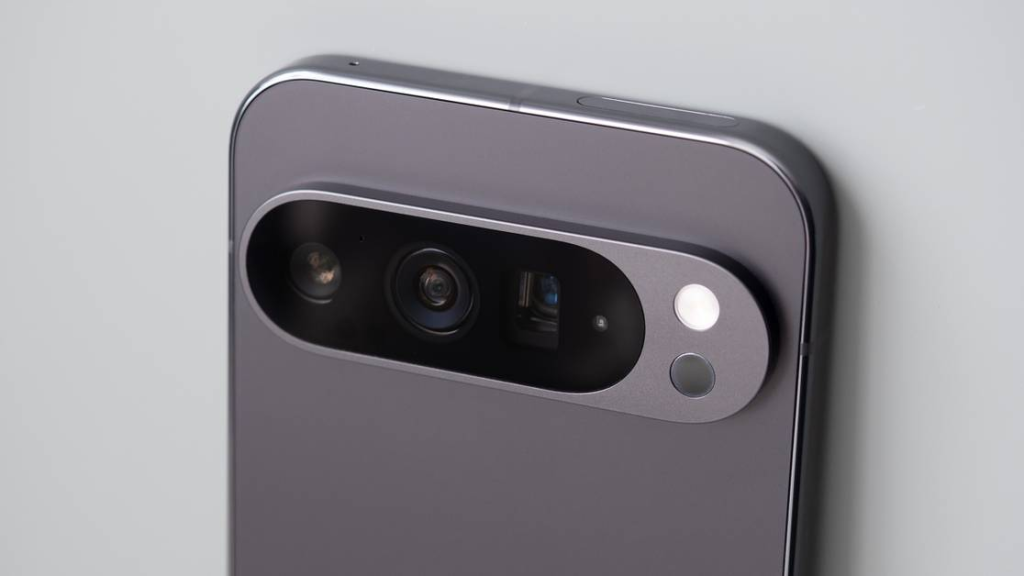
A hands-on leak of the Pixel 10 Pro this week revealed some important details about the device, including a key change regarding its Tensor G5 chipset. Contrary to previous expectations, the Tensor G5 will not be using a MediaTek modem, as originally rumored.
While the Pixel 10 series shares much of its hardware with the Pixel 9 lineup, the major change this year is the chipset. Tensor G5 will be the first Google chipset produced by TSMC, marking Google’s shift from relying on Exynos for its chipsets. Although the change to TSMC will likely improve efficiency, the Tensor G5 is not expected to provide a significant performance overhaul.
>>>New 4355mAh GZE8U Replacement Battery for Google Pixel 7
However, despite the TSMC switch, it appears the Exynos 5400 modem will remain in use, as evidenced by the hands-on images of the Pixel 10 Pro. The DevCheck Pro app reports that the Tensor G5 is using a baseband starting with “g5400”, matching the modem seen in the Pixel 9 series. This indicates that Google has stuck with the Exynos 5400 modem, contrary to earlier reports suggesting a shift to a MediaTek modem.
While Exynos modems have been associated with heat issues in previous Pixel devices, the Exynos 5400 has helped mitigate these problems in the Pixel 9 series. With the added efficiency from the TSMC production and the new Tensor G5 architecture, the Pixel 10 series is likely to perform better thermally, even if it still lags behind Snapdragon SoCs in certain areas.
>>>New 3080mAh/11.91WH G025J-B Replacement Battery for Google Pixel 4A
Additionally, the leak reveals that the Pixel 10 will feature 16GB of RAM and 256GB of storage, and the Tensor G5 will have a new core layout.
-
Samsung Galaxy S25 Edge Now Available Globally, Including the U.S.
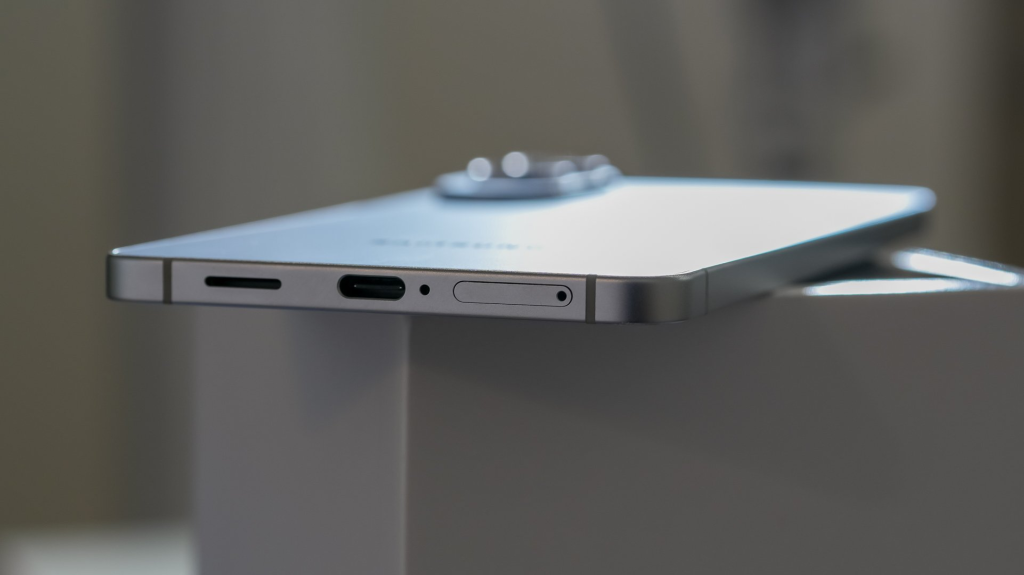
Samsung's Galaxy S25 Edge, initially launched in South Korea, is now available in additional markets, including the United States. The device can be purchased via carriers, retailers, Amazon, Best Buy, and Samsung's official website.
The smartphone comes in black, blue, and silver, with two configurations:
- 12GB RAM + 256GB storage: $1,099.99 (€970 / INR 94,120)
- 12GB RAM + 512GB storage: $1,219.99 (€1,075 / INR 104,385)
>>>New 4860mAh EB-BA166ABY Replacement Battery for Samsung Galaxy A16 5G
Samsung Galaxy S25 Edge – Specifications Overview
-
Dimensions & Build: 158.2 × 75.6 × 5.8 mm; 163g; glass front (Gorilla Glass Ceramic 2), titanium frame, glass back (Gorilla Glass Victus 2); IP68 certified
-
Display: 6.7-inch LTPO AMOLED 2X, 1440 × 3120 resolution, 120Hz refresh rate, HDR10+, 513 ppi
-
Chipset: Snapdragon 8 Elite (3nm), Octa-core (2×4.47GHz + 6×3.53GHz), Adreno 830 GPU
-
Operating System: Android 15, One UI 7
-
Memory: 12GB RAM with 256GB or 512GB UFS storage
-
Rear Cameras:
-
200MP main (f/1.7, 1/1.3", OIS, PDAF)
-
12MP ultra-wide (f/2.2, 1/2.55", 1.4µm, PDAF)
-
-
Front Camera: 12MP (f/2.2, dual pixel PDAF)
-
Video Recording:
-
Rear: 8K@30fps, 4K@30/60/120fps, 1080p@30/60/120/240fps
-
Front: 4K@30/60fps, 1080p@30/60fps
-
-
Battery: 3,900mAh, 25W wired charging (55% in 30 minutes), 15W wireless (Qi2 Ready)
-
Connectivity: 5G, eSIM, Wi-Fi 7, Bluetooth 5.4, NFC
-
Features: In-display ultrasonic fingerprint reader, stereo speakers, Samsung DeX, Ultra Wideband (UWB)
>>>New 5000mAh SLC-51 Replacement Battery for Samsung Galaxy A05S
Despite being larger in display size, the S25 Edge has a smaller 3,900mAh battery than even the compact Galaxy S25. It supports 25W wired charging and includes wireless charging support.The camera setup combines elements from the S25 Ultra and S25/S25+, featuring the Ultra’s 200MP main sensor and the base models’ ultrawide module, upgraded with autofocus. A telephoto lens is absent.It's obvious that Samsung took the "design over function" route with the S25 Edge, and it's aimed at users looking for the best possible portability.
